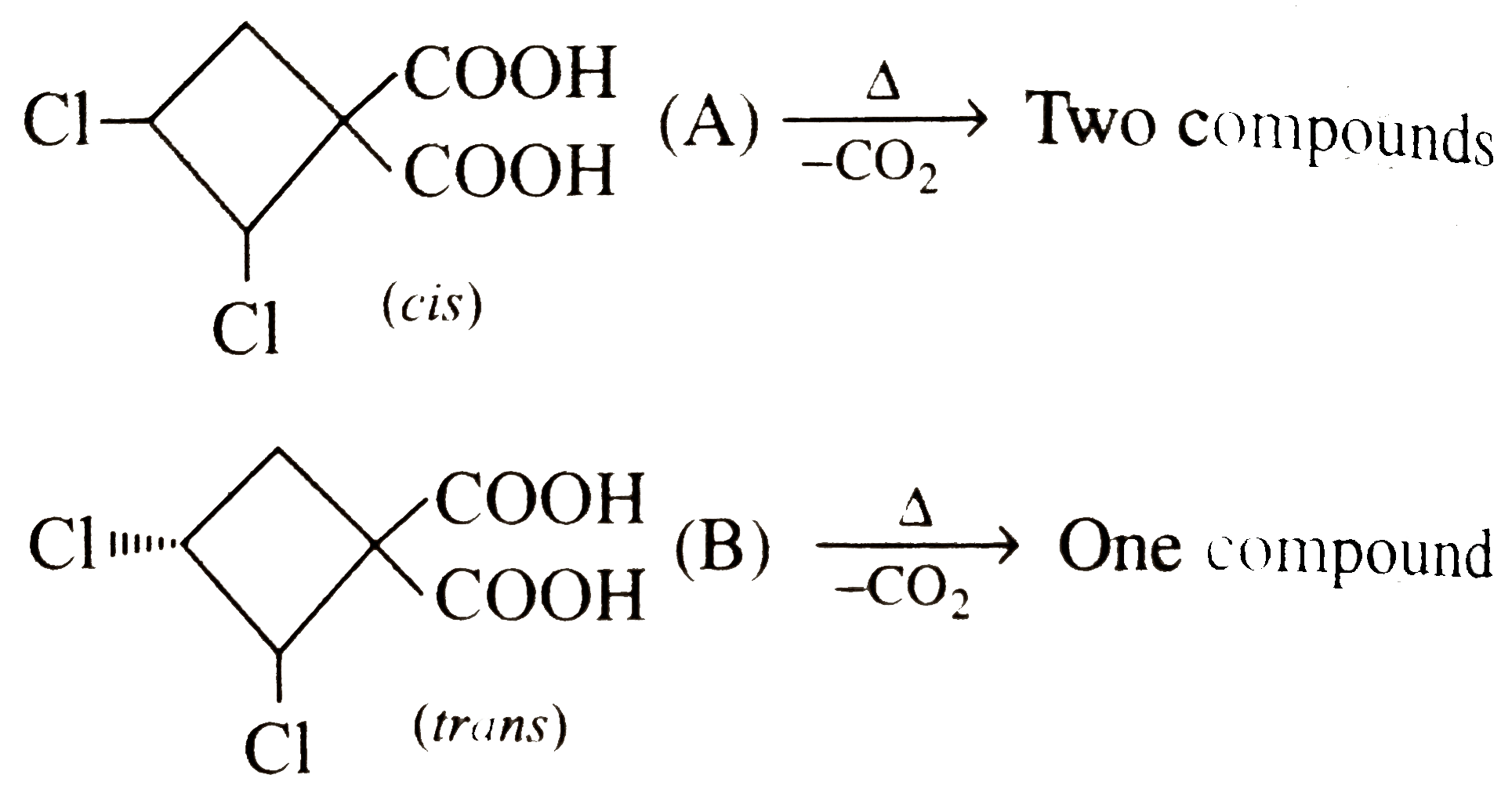Explain the following observations:

(a) Ether is less polar hence favours SN2 reaction and Iθ attacks the 1∘ carbon of CH3.

(b) H2O is solvent which is polar, favours SN1 reaction giving 3∘ carbocation.

Topper's Solved these Questions
Similar Questions
Explain the following observation: "Icebergs floating in sea are dangerous for ships".
View SolutionExplain the following observation:
Beryllium resembles aluminium in several properties.
View SolutionExplain the following observation:
 Two compounds (C and D)
Two compounds (C and D)
 One compound (E )
One compound (E )
View SolutionExplain the following observation :
(i) Transition elements generally form coloured compounds.
(ii) Zinc is not regaded as a transition element.
View SolutionExplain the following observation :
(i) Transition elements generally form coloured compounds.
(ii) Zinc is not regaded as a transition element.
View SolutionExplain the following observation:
(i) Transiton elements generally from colourd compounds.
(ii) Zinc is not regarded as a transition element.
View SolutionExplain the following observation: Electrophilic substitution in case of aromatic amines takes place more readily than benzene.
View SolutionExplain the following observation :
In the structure of HNO3 the N-O bond (121 pm) is shorter than the N-OH bond (140 pm).
View SolutionExplain the following observation:
(i) Generally there is an increase in density of elements from titanium (Z=22)to copper (Z=29) in the first series of transition elements.
(ii) Transition elements and their compounds are generally found to be catalysts in chemical reactions.
View SolutionExplain the following observation:
(i) Generally there is an increase in density of elements from titanium (Z=22)to copper (Z=29) in the first series of transition elements.
(ii) Transition elements and their compounds are generally found to be catalysts in chemical reactions.
View Solution
